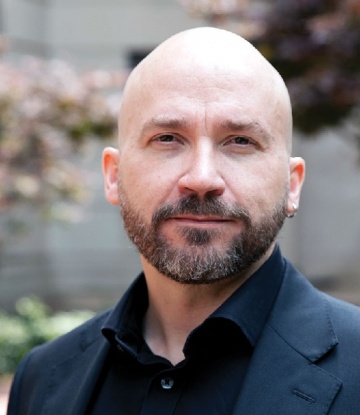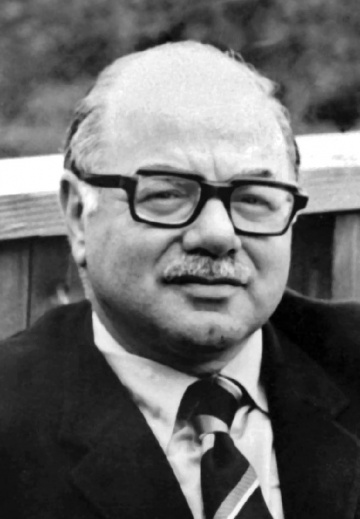Columbia College | Columbia University in the City of New York
Between Facts and Wonder: Frontiers of Science

Core Curriculum director Larry Jackson
EMMA ASHER
First, there is its age. Launched in 2004, Frontiers is not only the youngest course in the Core, but also the only requirement added to the curriculum in this century.
Then, there is its content. As the name suggests, there are no ancient stories or philosophical texts in Frontiers, no swelling crescendos or brooding colors on canvas — only science.
Finally, there is its format. Each Monday morning during the semester, hundreds of students make their way up Broadway to Cowin Auditorium at Teachers College to hear distinguished scientists such as Daphna Shohamy, Brian Greene, Ruben L. Gonzalez Jr. and David J. Helfand give awe-inspiring lectures on the latest developments in their fields.
Frontiers might be a new course, but the idea of science in the Core Curriculum is not. Inspired by the success of Contemporary Civilization, the College began to expand the Core in the 1930s, adding the two-year sequence that would become Literature Humanities, Music Humanities and Art Humanities. But before creating those courses, the College began experimenting with a two-year elective sequence — Science A and B — which was modeled on CC, then a two-year social science course. By 1941, it was obvious that the seven-year experiment with science in the Core had failed, and the College dropped the sequence altogether, just as the United States was about to enter WWII.

Sociologist Daniel Bell
The creation of Frontiers of Science 17 years later followed more failed experiments and worries that the course would change the character of the Core altogether. But it is not as different from its curricular counterparts as it might seem. Like other Core courses, Frontiers is interdisciplinary, with four units representing different fields: Mind and Brain, Physics and Reality, Molecules and Life, and Climate and Us. Each unit uses the latest research in these areas to grapple with current problems such as climate change and disease prevention. But amidst the latest discoveries in these fields, students also learn about a history of inquiry that, while more modern than many of the works they encounter in other Core courses, is no less formidable. Names like Brenda Milner, Suzanne Corkin, I.I. Rabi and Albert Einstein carry a weight in Frontiers analogous to that of Homer in Lit Hum or Plato in CC.
While Frontiers is unique in having a lecture component, it also includes a weekly seminar led by talented educators who teach not only within their areas of expertise, but also in the adjacent subjects that the course covers. These instructors’ aim is not to cram information into the minds of passive listeners, but to engage active learners in discussions that will help them form the habits of mind used by scientists. Students thus practice reading scientific studies, assessing research and making judgments based on evidence — the kind of skills needed to be engaged citizens in a modern society.
It is this civic dimension of Frontiers that makes the course so at home within the Core Curriculum. In an age of fake news, alternative facts and disinformation campaigns, the ability to distinguish between truths and falsehoods makes us less prone to the manipulations of power and forges a bond of social trust among citizens that allows for productive disagreement.
But Frontiers of Science doesn’t simply equip students to discern between noble facts and malicious falsehoods. When students confront the mysteries of the cosmos or the enigmas of the human brain, they begin to appreciate how little we know about the universe and ourselves. Frontiers thus instills in students an intellectual humility and a sense of wonder that can inspire inquiry, and open their minds to the perspectives of others.
Read more about Frontiers in the feature “Twenty Years of Frontiers.”
Issue Contents
Published three times a year by Columbia College for alumni, students, faculty, parents and friends.
Columbia Alumni Center
622 W. 113th St., MC 4530, 6th Fl.
New York, NY 10025
212-851-7852
cct@columbia.edu
Columbia Alumni Center
622 W. 113th St., MC 4530, 4th Fl.
New York, NY 10025
212-851-7488
ccalumni@columbia.edu

